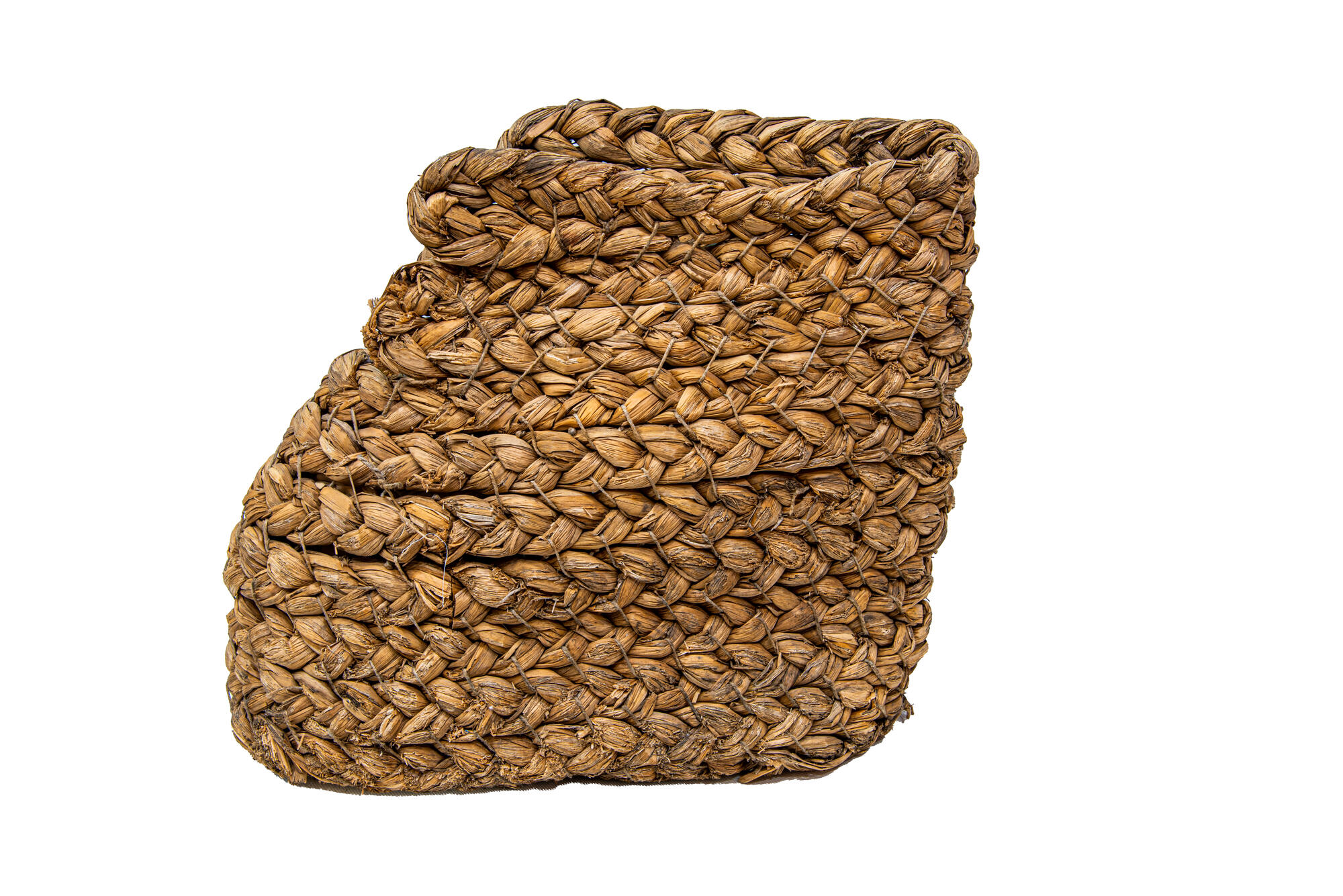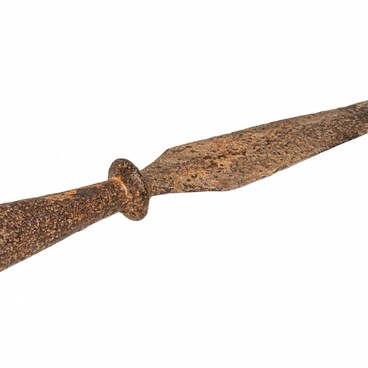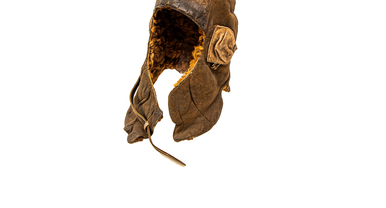During the Great Patriotic War first winter, the fascists would steal warm clothes and footwear from the Soviet people in the occupied territories. But then, due to the German senior management’s special order, in Berlin they began to make ersatz-valenki, which could partially substitute the needed footwear.
In Germany during the First and Second World War, there were “ersatz” grocery store goods and materials, in other words, substitute and surrogate items. “Ersatz” bread was baked with the potato powder and “ersatz” sausage was made from pea flour. Even “ersatz” weapons were manufactured: they could merely frighten the enemy but were unsuitable for real fighting.
A “Blitzkrieg” — method of a swift offensive warfare — was the initial German war plan for the USSR. That is why no winter uniforms were prepared for the soldiers, except for Wehrmacht-Luftwaffe, Schutzstaffel (the SS), and other elite divisions. As the Blitzkrieg plan failed, both warm clothes and warm footwear became a necessity for the German army on the Eastern Front.
To provide the German army with winter footwear, the quartermaster service began to equip the soldiers with ersatz-valenki. They were made out of pressed straw and worn over the ordinary German combat boots. The soldiers put rags and straw in between the boot and the valenki to warm their feet a bit more. Usually, only those who were on sentry duty would wear the ersatz–valenki, as it was very difficult to walk for a long time in such an uncomfortable and heavy footwear.
Fritz Brandt, Obergefreiter (lance corporal) of the 7th Troop, 418th Regiment, 123rd Infantry Division, recalled the wintertime in the USSR:
In Germany during the First and Second World War, there were “ersatz” grocery store goods and materials, in other words, substitute and surrogate items. “Ersatz” bread was baked with the potato powder and “ersatz” sausage was made from pea flour. Even “ersatz” weapons were manufactured: they could merely frighten the enemy but were unsuitable for real fighting.
A “Blitzkrieg” — method of a swift offensive warfare — was the initial German war plan for the USSR. That is why no winter uniforms were prepared for the soldiers, except for Wehrmacht-Luftwaffe, Schutzstaffel (the SS), and other elite divisions. As the Blitzkrieg plan failed, both warm clothes and warm footwear became a necessity for the German army on the Eastern Front.
To provide the German army with winter footwear, the quartermaster service began to equip the soldiers with ersatz-valenki. They were made out of pressed straw and worn over the ordinary German combat boots. The soldiers put rags and straw in between the boot and the valenki to warm their feet a bit more. Usually, only those who were on sentry duty would wear the ersatz–valenki, as it was very difficult to walk for a long time in such an uncomfortable and heavy footwear.
Fritz Brandt, Obergefreiter (lance corporal) of the 7th Troop, 418th Regiment, 123rd Infantry Division, recalled the wintertime in the USSR:



